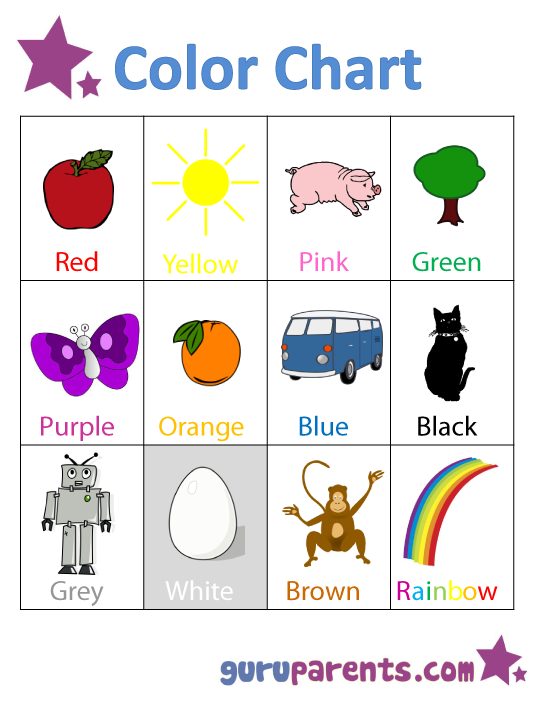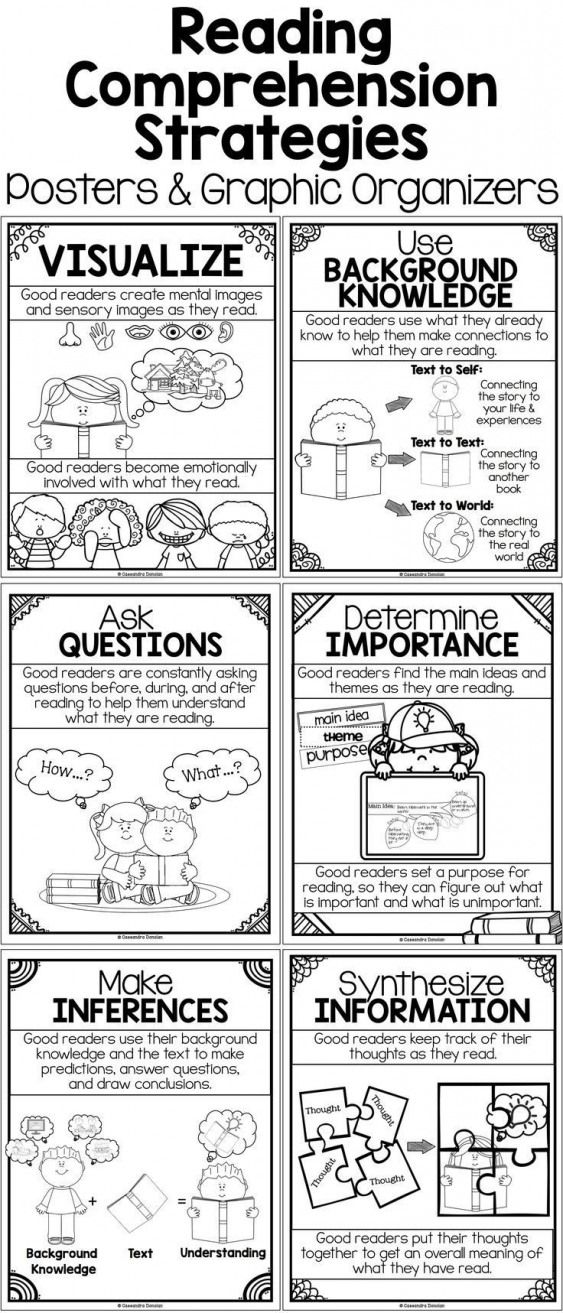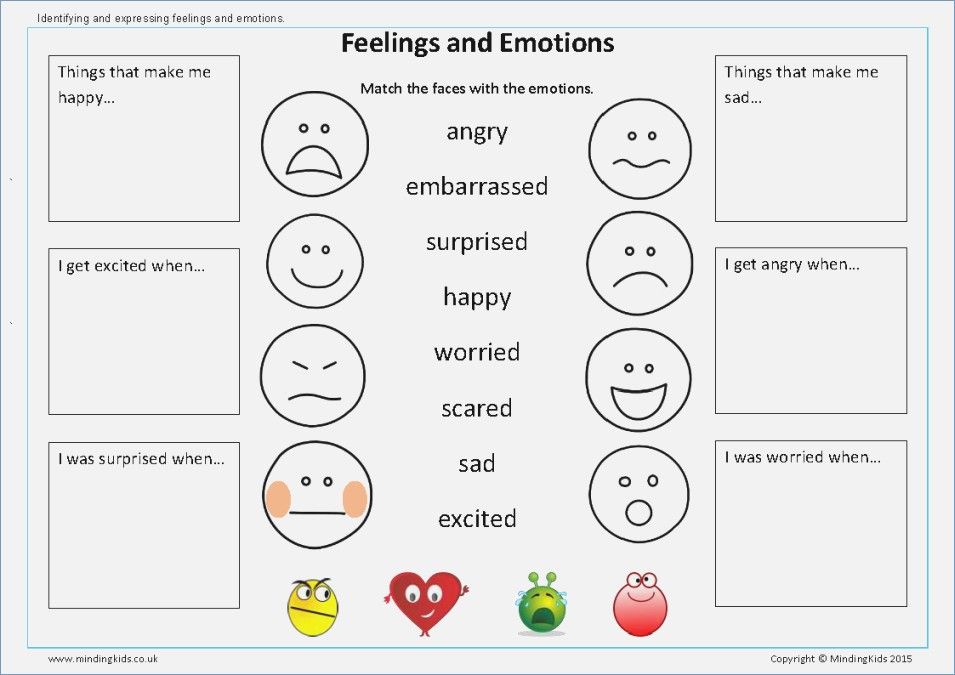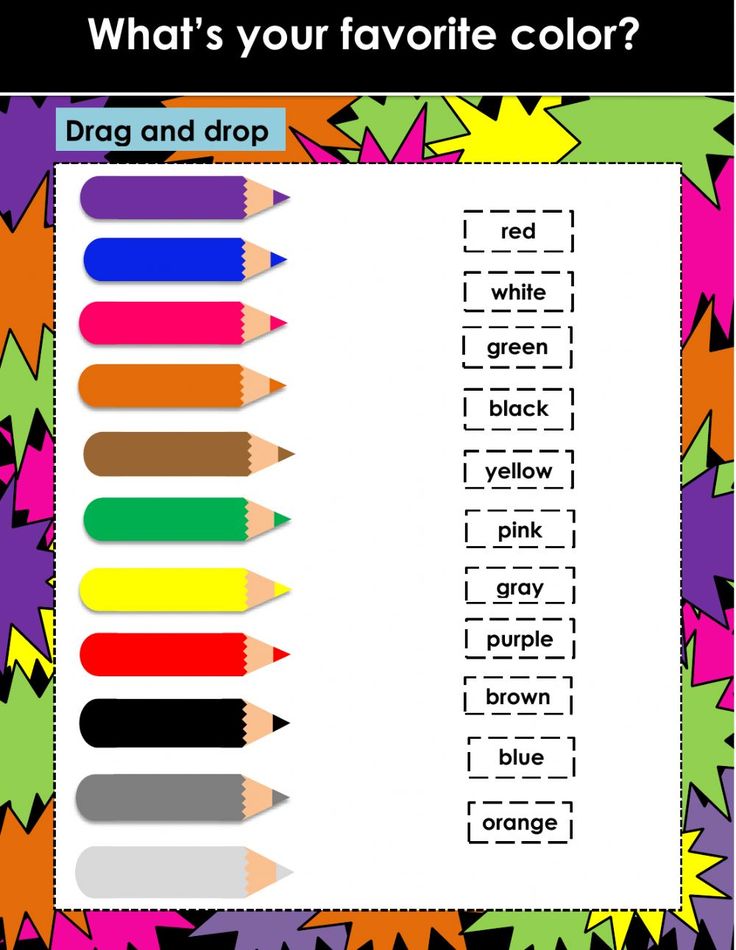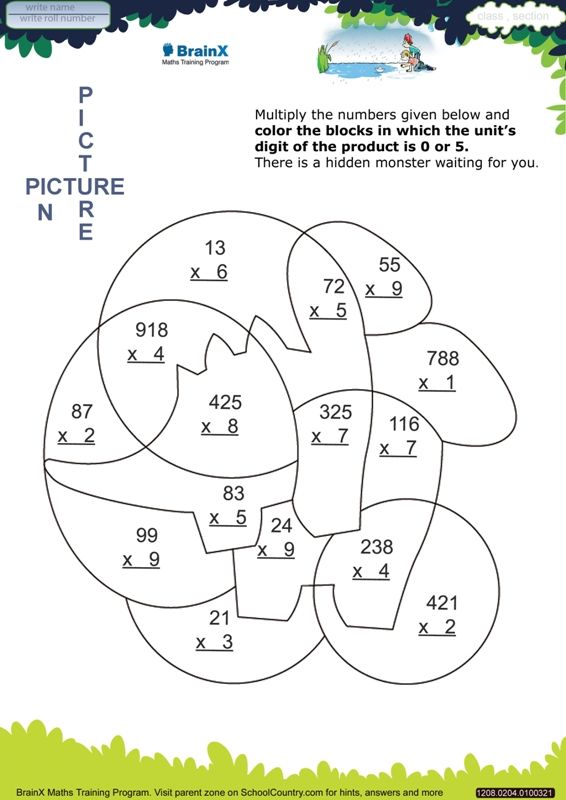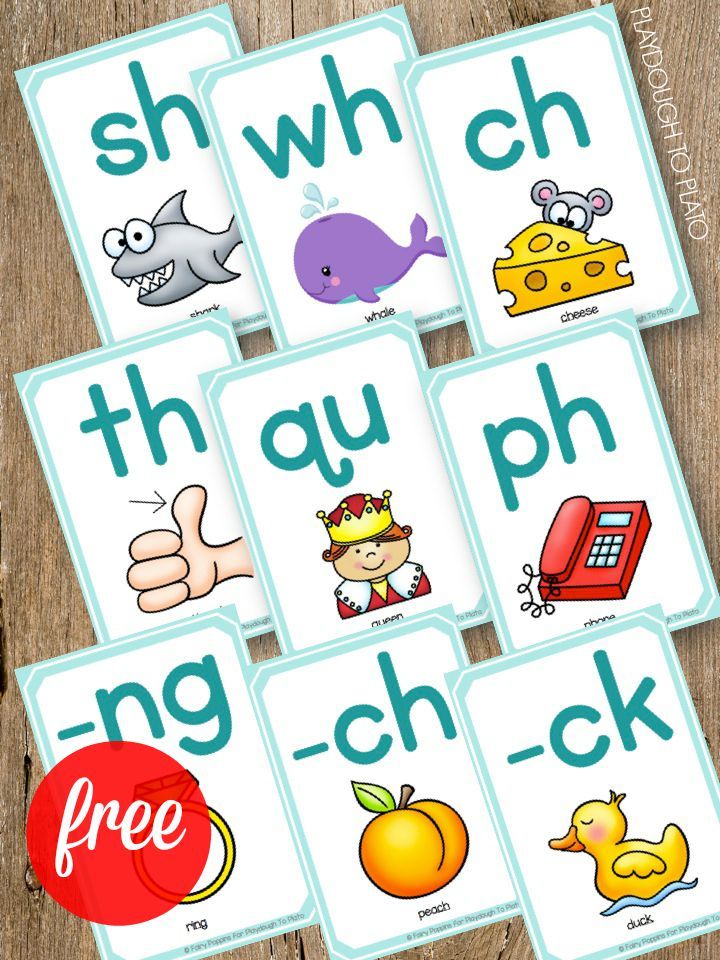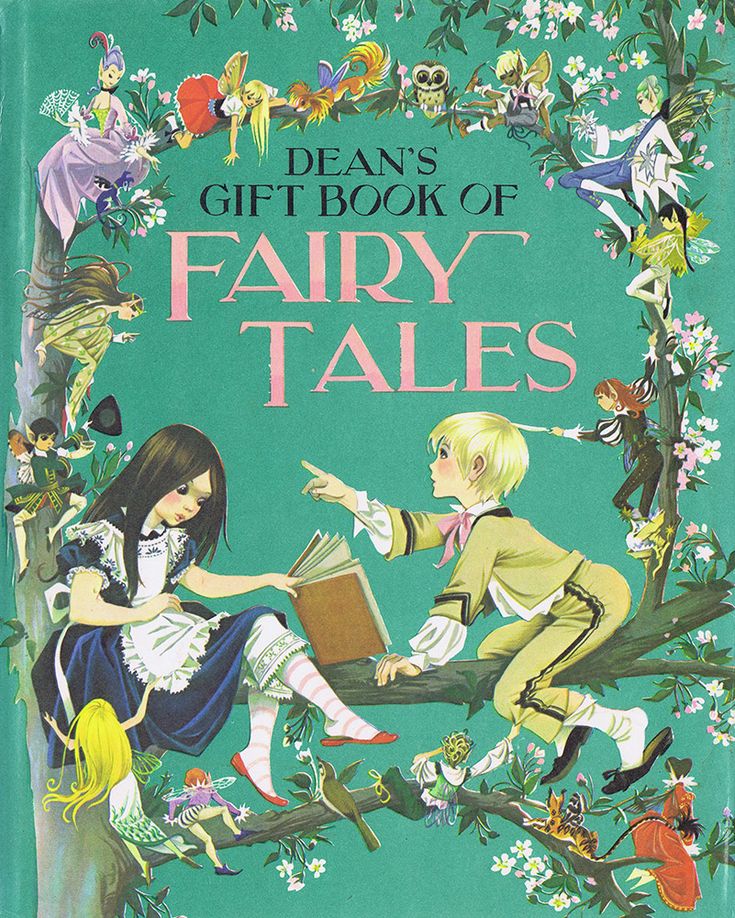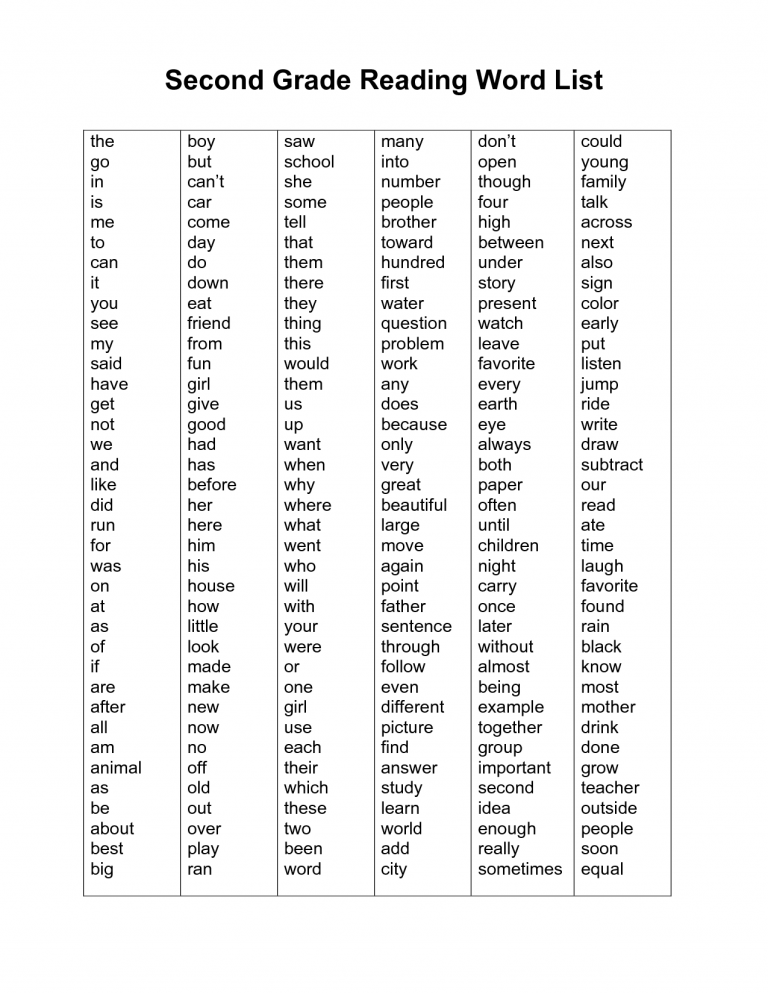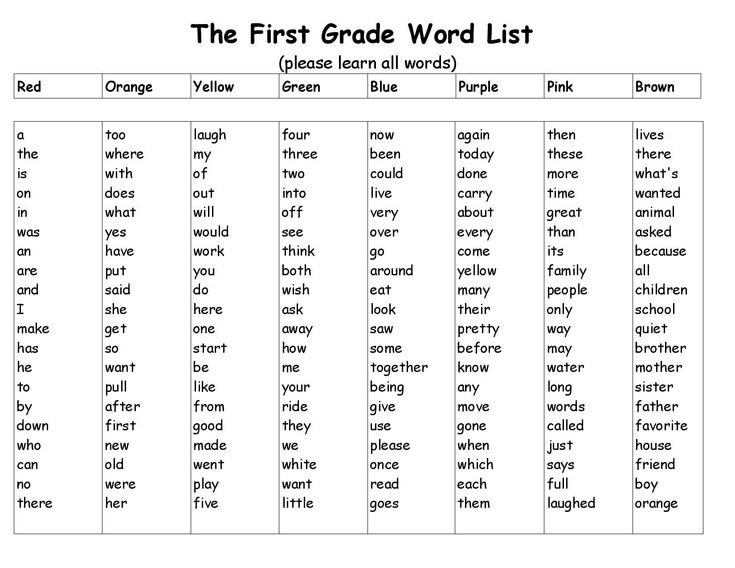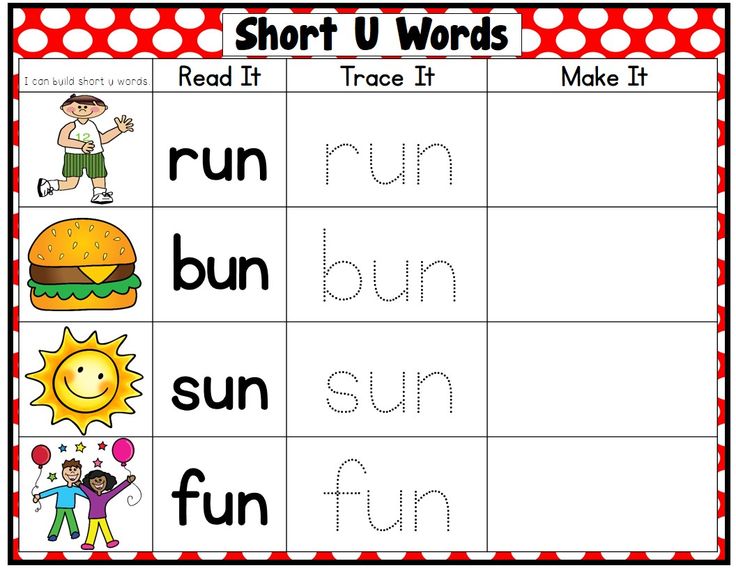Children learning colors
Colors for Kids: Teaching Colors to Children
Children usually learn about color during their preschool years. The ability to identify colors is considered a marker and milestone in a child’s cognitive process and is often part of early screening for development and educational admittance. Recognizing the colors and identifying the color names is an important part of a child’s development. Early identification of colors helps to create the cognitive link between visual clues and words.
Tips on Teaching Children Colors
Children need to first acquire informational pieces before they can begin to understand color as a concept. It might seem simple as blue is blue, before the concept of color is understood. Children don’t have the ability to understand that light blue and navy are both blue and they also lack the verbal skills to explain that to you. Along with learning what each color is called, children need to understand what color represents; it’s not size, nor shape, nor the name of the object, nor the texture, not the number of things showing.
Constant repetition and expanding on what colors are and what they are not will help any child understand what the actual word color means.
After that, teaching colors to children is usually easy. Children are naturally attracted to bright colors, which is why most toys and activities geared towards younger children, including toddlers and babies, are brightly colored. During the preschool years, children have a natural affinity to understand their world around them. Surrounded by a world of color it is easy to use daily opportunities to discuss colors. Of course, since teaching color recognition to children is so important, there are many tools that can be used by parents and educators alike to help children learn about color.
Learning About Colors Through Children’s Books
There are numerous children’s books to teach children about color form. The “chunky books” such as the “Happy Baby” series that usually mark a baby’s first “reading” experience, are books that are very educationally minded. Like toys geared for children, children’s books are a natural opportunity to not only teach children the differences between the colors and to identify them, but to also forget that connection between the written words and the colors they represent. The best children’s books to teach color combine a child’s interest, with a great story, and colorful illustrations making reading experience completely enjoyable. Children’s Book Guide.com has a great list of children’s books that will provide many opportunities for parents and educators to teach color to children without them even realizing that a lesson is at hand.
Like toys geared for children, children’s books are a natural opportunity to not only teach children the differences between the colors and to identify them, but to also forget that connection between the written words and the colors they represent. The best children’s books to teach color combine a child’s interest, with a great story, and colorful illustrations making reading experience completely enjoyable. Children’s Book Guide.com has a great list of children’s books that will provide many opportunities for parents and educators to teach color to children without them even realizing that a lesson is at hand.
One of our favorites from the list is Eric Carles’ “Brown Bear, Brown Bear, What Do You See” Considered a staple in many a preschool classroom, this classic has been a must have for children learning about color since its publication as Carle’s first illustrated children’s book in 1967. Republished in 2007, “Brown Bear, Brown Bear, What Do You See” is not the only one of Carle’s books that can be used to teach children colors.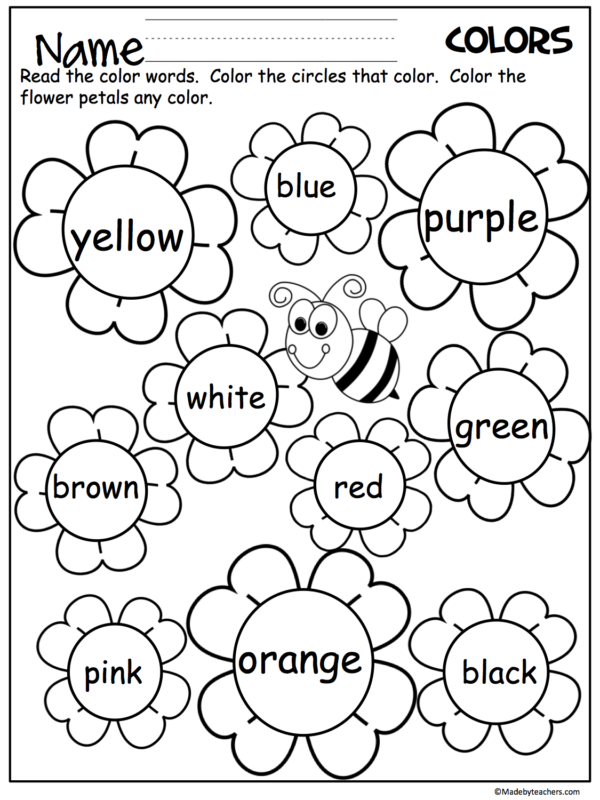 Known for his creative use of collage in his illustrations, Carle’s books go past a more generic use of flat colors, and allow children to experience nuance, patterns and a range of shades all in one color.
Known for his creative use of collage in his illustrations, Carle’s books go past a more generic use of flat colors, and allow children to experience nuance, patterns and a range of shades all in one color.
Games that Teach Children About Color
Along with books, many games use color in part to make them attractive to children while teaching them about color.
The classic children’s game, Candyland, is often a child’s first board game because of its use of color. Naturally appealing with its sugar coated fantasy, the board game doesn’t use a counter or dice, but color cards that dictate the child’s next move on the board. Along with color matching, Candyland also teaches counting skills, strategy, social skills and spatial reason to young children.
Color matching memory games are another way to induced color learning to children with a game. Based off the typical matching game of remembering where two like cards are to make a pair, preschool children have to compare colors and match the same ones together to win. Another game geared towards teaching child to match colors is dominoes. By removing the dots that require counting and increasing the size, Jumbo Color Dominoes.
Another game geared towards teaching child to match colors is dominoes. By removing the dots that require counting and increasing the size, Jumbo Color Dominoes.
Children Learning with Colors Flashcards
Since learning colors is such an important part of every child’s early education, schools and parents often turn to the more educational minded color flashcards. Color flashcards run a range from just focusing on color to inducing the words along with color as pre reading skills. Often color flashcards use shapes and teach basic counting skills along with color recognition. There are many different kinds of flashcards geared towards teaching children about color. They can be purchased directly, downloaded and printed form online sources, or crafty parents can even make their own with color card stock.
Teaching Kids Color Online:
While so many of the tools used to teach children about colors are “classic” the internet and online games have also provided excellent opportunities for children to learn about colors.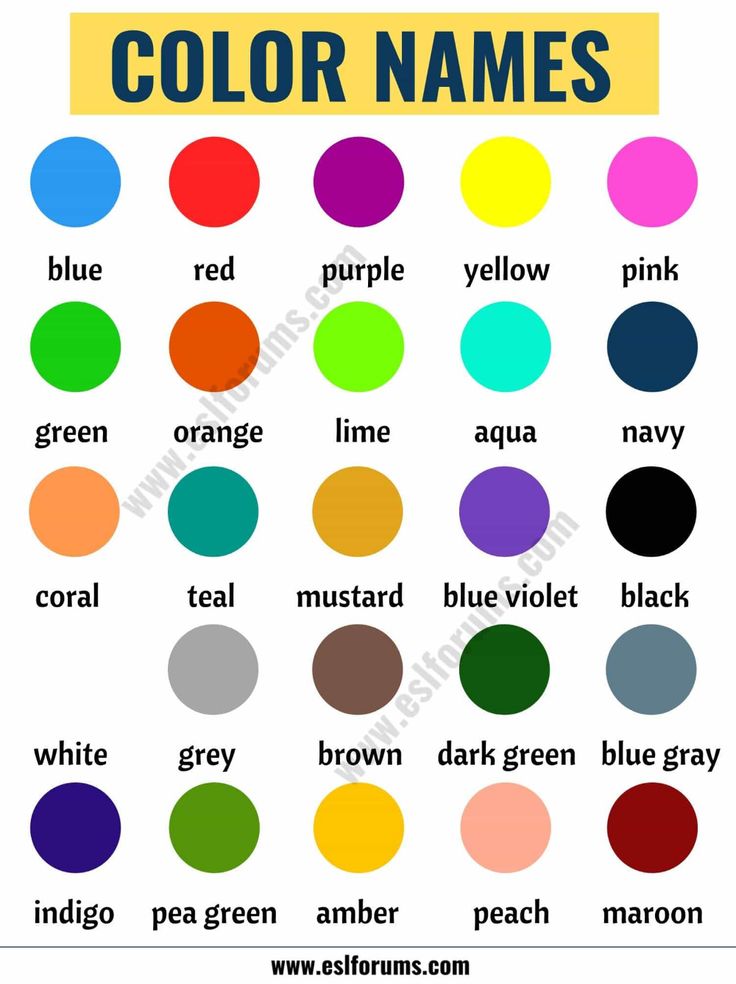 Some online color education tools focus on specific color skill like color recognition, matching and color concentration and might require the child to have some reading ability. Other’s such as Fishers Price’s Color and Shape game plays more like an interactive video and requires the very basic computer skills.
Some online color education tools focus on specific color skill like color recognition, matching and color concentration and might require the child to have some reading ability. Other’s such as Fishers Price’s Color and Shape game plays more like an interactive video and requires the very basic computer skills.
Teaching Color to Children Everyday
Of course, since color is a part of everyday life, there are many opportunities to teach children about color during every day living. One way to teach children about color is to pick a new color each week and completely focus on that color with your food choices, activities, etc.
So, no matter what color you pick for the week, enjoy bringing the beauty of color to a young person while you teach a child about color. Do you have a favorite book or game that teaches color? We would love to hear your recommendations.
Posted by Albert Munsell.
Why learning colors and shapes is so important for young children
This post may contain affiliate ads at no cost to you. See my disclosures for more information.
See my disclosures for more information.
Do you ever wonder why we put so much emphasis in the toddler and preschool years on teaching colors and shapes? I mean, why put so much focus on colors and shapes rather than letters and numbers?
In this post I explain why learning colors and shapes is so important for young children. I also share plenty of ideas for teaching children to recognize colors and shapes.
For more of ideas to teach colors and shapes, see my Teaching Colors to Kids and my Teaching Shapes to Kids pages.
Colors and Shapes: Foundational Skills for Young Children
So let’s start by stating the fact that our world is literally made up of colors and shapes. That is what we see all around us!
A house has a different shape from a tree, which has a different shape from a person or a banana. And the cars, flowers, and street signs around us come in many different colors.
As it turns out, colors and shapes are a key way that we describe and categorize our world.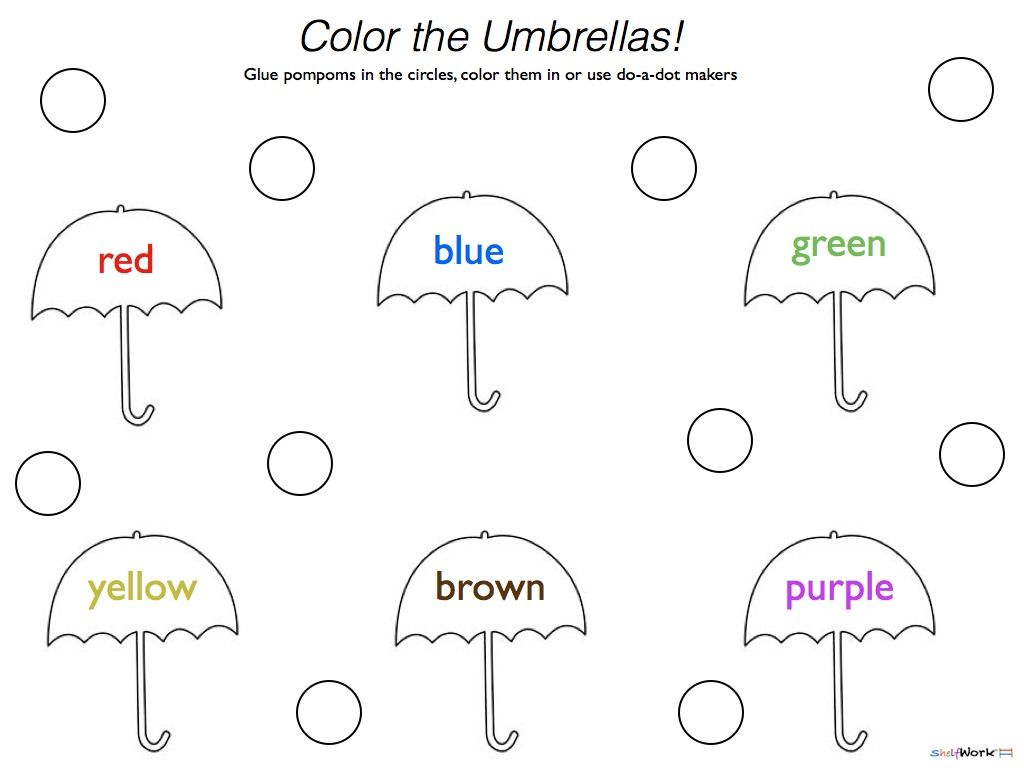 Children will notice that a red flower is different from a yellow one, and that a round bread roll has a different shape than a square slice of bread.
Children will notice that a red flower is different from a yellow one, and that a round bread roll has a different shape than a square slice of bread.
Verbal communication: Teaching children about colors and shapes is a great way to give them some vocabulary for describing the world around them. This opens up new and exciting avenues for verbal communication.
Sorting and classifying: As children learn to identify colors and shapes, they can sort and classify objects around them based on these attributes.
Health and safety: Colors sometimes give us information about health and safety. For example, we use red in our culture to indicate ‘danger’ or ‘stop,’ such as with red stop lights and red stop signs. Colors can also tell us about our health. If a person’s skin has blue marks, it may mean they have suffered a bruise. If a person’s skin turns red, they may have spent too much time in the sun. And black marks on the wall could indicate the presence of an insect, a spider, or even mold.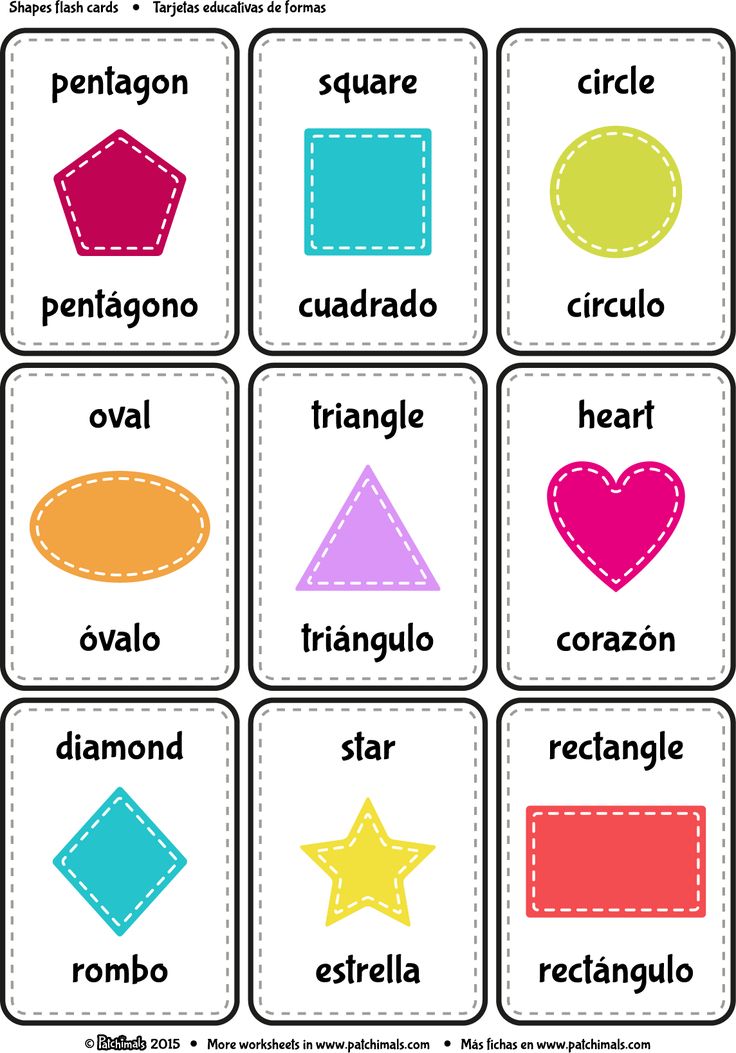
Letters and numbers: The written symbols we use for letters and numbers are really just shapes. As children develop proficiency at learning shapes such as squares and circles, they are developing the classification and visual discrimination skills to distinguish between ‘k’ and ‘x’ or between ‘p’ and ‘g.’
Learning colors
Most children are unable to differentiate between different colors until at least 18 months of age, which is also about the same time that children start to notice differences and similarities between textures, sizes, and shapes. However, while children can start to differentiate between colors around 18 months, it can take until age 3 before children can fully understand the difference between colors and name them.
Although naming colors is second nature to most adults, it is actually a cognitively complex task for young children. This is in part because the range of hues that count as a particular color are not innate, nor are they universal among all cultures.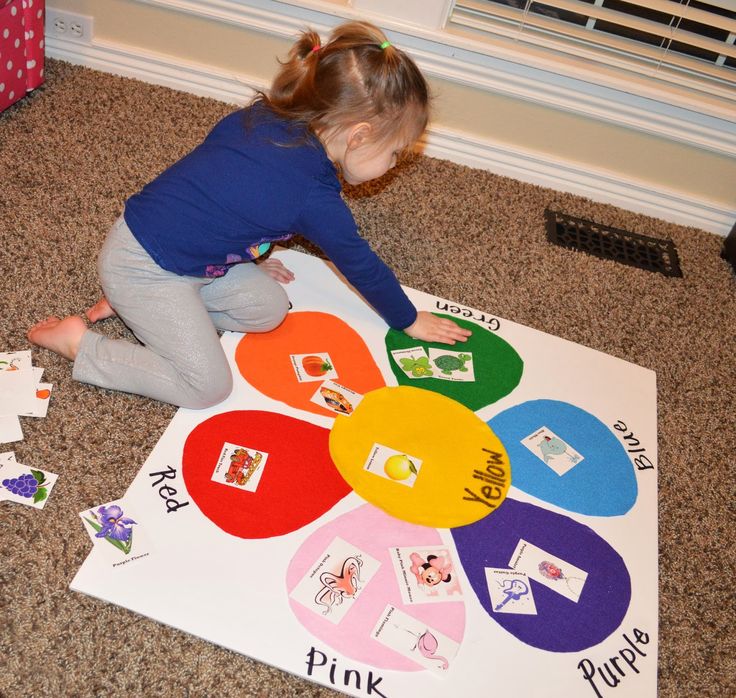 In fact, different cultures and languages around the world vary in the number of distinct colors they recognize, from two colors to more than 20!
In fact, different cultures and languages around the world vary in the number of distinct colors they recognize, from two colors to more than 20!
Teaching colors is best done through playful everyday life experiences. When developmentally ready, many children easily learn their colors as parents and caregivers point out color attributes of objects in children’s environment (e.g., “Throw me the green ball” or “Do you want the red shirt or the yellow shirt?”).
You might also ask your children to match objects by color. Or when doing artwork, make note of the colors the child has chosen to use or ask the child to name the colors in their drawing.
You might also go to the library and borrow books about colors to read to your child.
Here are some links to a variety of ideas for teaching children to identify colors:
- 6 activities for learning about colors
- Teaching colors through everyday play
- Mix it up! Book-based fun with color mixing activity
- Build a 3-D rainbow
- String a rainbow necklace
And for children who can identify the primary colors, these are some fun activities to teach color theory and color mixing:
- Intro to color theory for preschoolers
- Color mixing science with liquid watercolors
- Make your own markers: a practical color mixing lesson
- No mess color mixing activity with plastic bottles
- Color mixing rainbow challenge: Putting color theory into practice
Teaching shapes
It takes most children a few months longer to grasp the concept of shapes than to grasp the concept of color.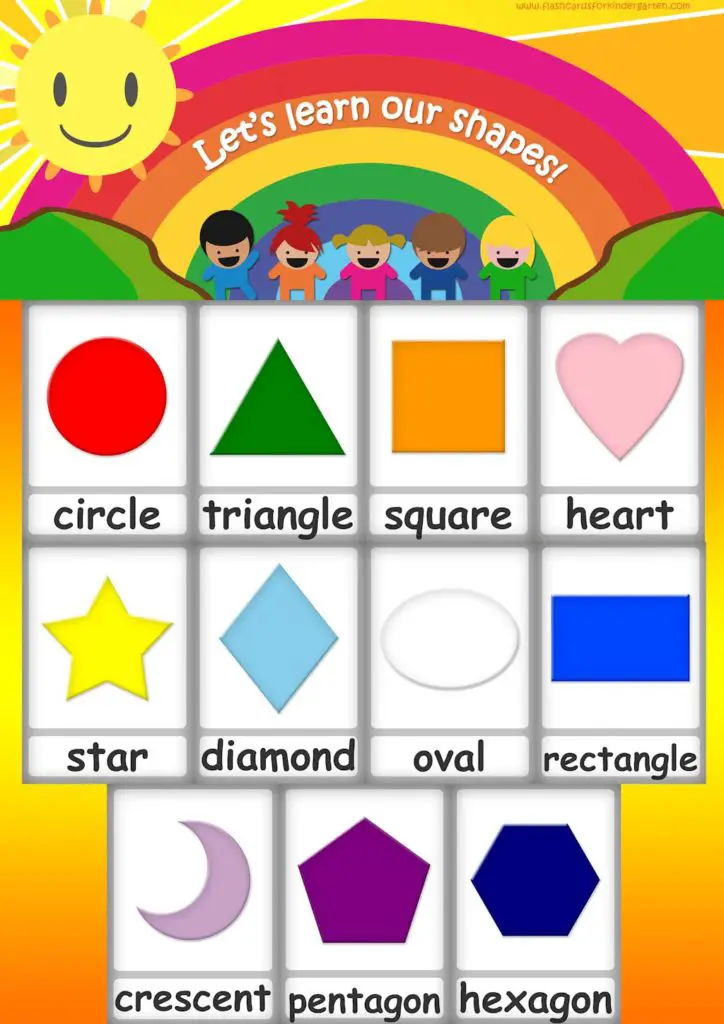 However, by age 3 most children have developed an understanding of shape and can name several of the most common geometric shapes (e.g., circle, square, triangle).
However, by age 3 most children have developed an understanding of shape and can name several of the most common geometric shapes (e.g., circle, square, triangle).
When teaching shapes, start with the most common shapes (squares, triangles, circles, and rectangles) before introducing tricker shapes like diamonds/rhombuses, hexagons, and stars.
It is best if you can teach shapes in a organic ways. Point out that a tire is round like a circle, the television is shaped like a rectangle, and the slice of cheese your child is eating is shaped like a square.
Consider providing your child with toys that teach shapes through playful means.
Over time I have shared a number of activities that can be used to teach shapes. Most of these activities can be adapted to teach either basic shapes (e.g., circle, square, triangle) or more advanced shapes (e.g., ellipse, parallelogram, hexagon).
Here are some links to a variety of ideas for teaching children to identify shapes:
- Books about shapes
- Trace the shapes art project
- Magic disappearing shapes
- Making shapes on the geoboard
- Sand shapes art project
- How many ways to make a shape?
- Gross motor shapes activity
And here are some links to activities for teaching children to recognize 3-dimensional shapes:
- Identifying 3-D shapes by touch
- 3-D shapes graphing game
- Put the clothes on the shape
- Hands-on exploration with 3-D shapes
- Playful ways to learn about 3-D shapes
More resources for teaching colors and shapes
For more activities that teach colors, see my Teaching Colors to Kids page and my Learning Colors Pinterest board.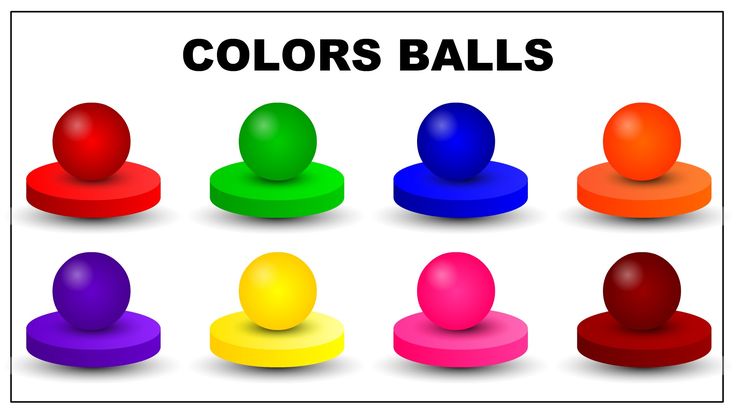
For more that teach shapes, see my Teaching Shapes to Kids page and my Learning Shapes Pinterest Board.
Learning colors: how to teach a child to distinguish colors and shades
It is generally accepted that by the age of three a child should learn to distinguish between primary colors. This skill is an important part of sensory development, it gives the child the opportunity to see the world in a new way. Often, if the baby does not know or confuse colors, parents have concerns about the pace of development of the child. Do I need to worry if the study of colors is not easy for a child? How to teach a child to distinguish colors? You will find answers to these questions in our article.
At what age does a child begin to see colors?
Studies have shown that children begin to perceive colors by 2-3 months. The first colors a child sees are yellow, orange, red, green. At this age, babies can already react differently to their toys of different colors (for example, a red rattle can please a child more than a blue one), look at bright pictures with enthusiasm.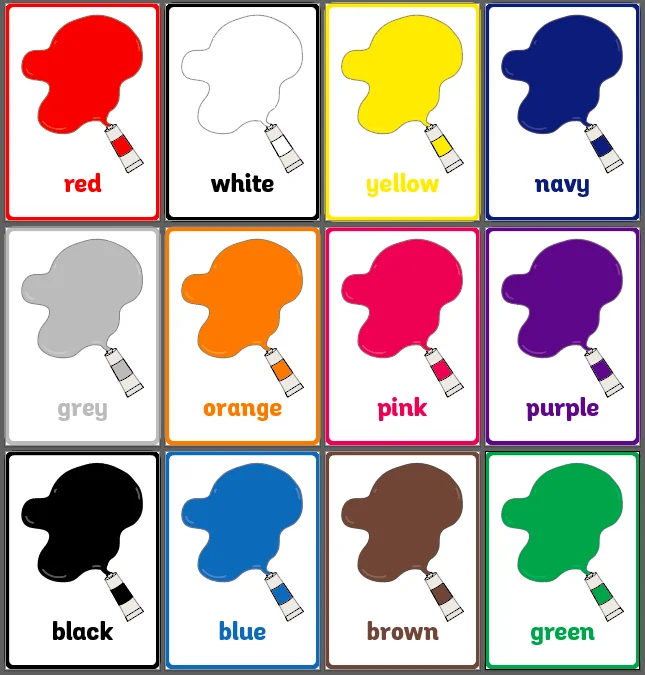 The baby's world quickly acquires colors, but if we talk about the ability to consciously find an object of the right color, then usually it appears in children at the age of one and a half. It is at this age that it is optimal to start learning colors in a playful way. You can voice the names of flowers to a child for up to a year, this will only benefit him. But do not demand too much from the baby, remember that his brain is actively developing, and as soon as the time comes, you will certainly see the results.
The baby's world quickly acquires colors, but if we talk about the ability to consciously find an object of the right color, then usually it appears in children at the age of one and a half. It is at this age that it is optimal to start learning colors in a playful way. You can voice the names of flowers to a child for up to a year, this will only benefit him. But do not demand too much from the baby, remember that his brain is actively developing, and as soon as the time comes, you will certainly see the results.
To see if your child is ready to learn colors by playing with building blocks, ask your child to point to a part that is the same color as yours. If the baby can find objects of the same color, then he is quite ready to memorize the names of colors.
Learning colors in everyday life
Children get most of their knowledge about the world in everyday life: communicating with adults and peers, observing nature, playing.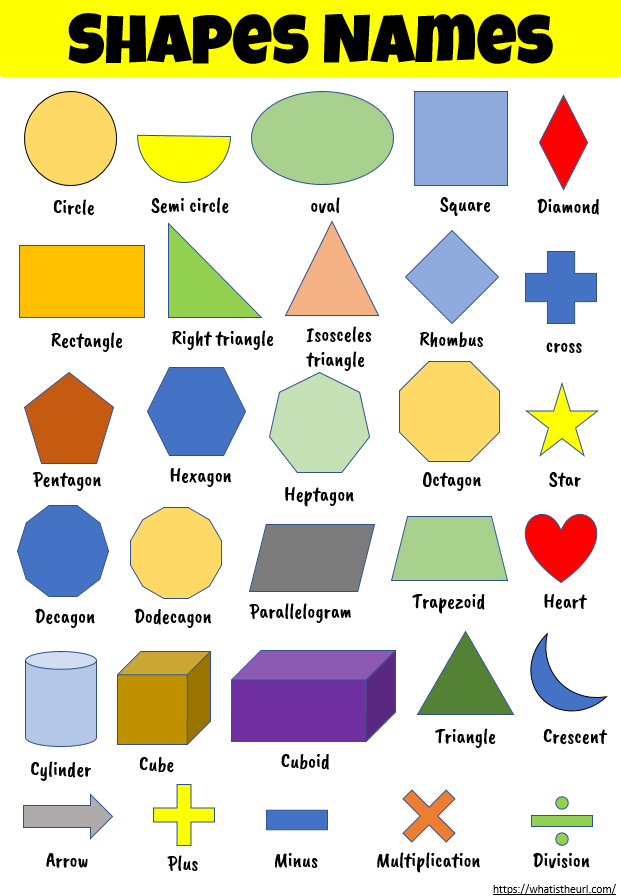 The study of flowers is no exception. Sometimes a child does not need to do special exercises to learn to recognize colors. For this, it is enough that he hears the name of the color and associates it with a specific thing. During daily activities, voice for the child what color the objects are around. Whether you are drawing, playing with blocks, looking at cars in the yard, reading, swimming, eating, dressing - in each of these situations, you can gently teach your child to distinguish colors.
The study of flowers is no exception. Sometimes a child does not need to do special exercises to learn to recognize colors. For this, it is enough that he hears the name of the color and associates it with a specific thing. During daily activities, voice for the child what color the objects are around. Whether you are drawing, playing with blocks, looking at cars in the yard, reading, swimming, eating, dressing - in each of these situations, you can gently teach your child to distinguish colors.
It is important that the study of colors does not turn into torture. You should not constantly test the child's knowledge by asking him which color is which. Soon the baby may just start to ignore you. “Let's paint the sun yellow!”, “What a delicious green cucumber!”, “Oh, where did the blue cube go? Here he is!" are examples of how you can gently help your child remember colors.
Games for learning colors and their shades
In order to get your baby interested in learning colors or to reinforce the knowledge they already have, you can offer your child to play special “color” games.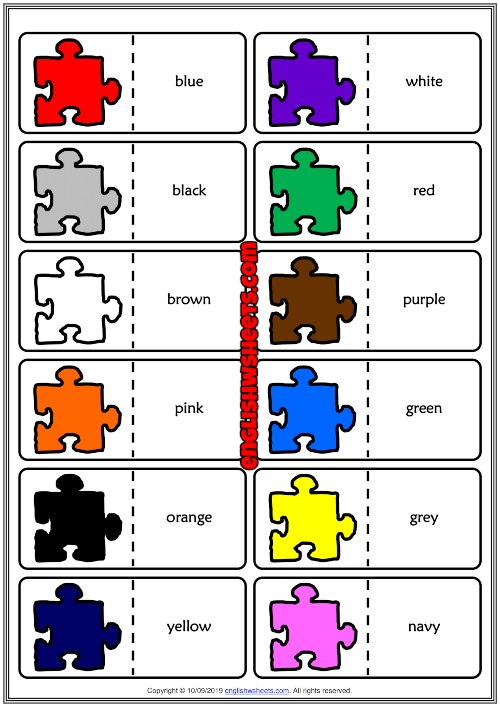
Color Sorting
Sorting games are designed to help children learn to group objects by color. Any materials at hand can be items for sorting: toys, covers, designer parts, cubes, buttons, cereals, pencils, etc. You can organize the game in various ways:
You can come up with as many options for sorting by color, it all depends on your imagination. So that the child does not lose interest in the task, connect the plot of the game with his favorite characters, toys (for example, a cat will eat from a yellow bowl, and a baby elephant from a red one, etc.).
Match a Pair
Help your child learn colors with the Match a Pair series. Ask your child to find a petal for a bug, a pot for a flower, a roof for a house, etc. You can present the baby with a deliberately wrong option and ask to correct the mistakes.
Pick up a patch
Show the child the picture with the missing details. Ask him to fill in the gaps (this can be done with plasticine, pom-poms, caps, cards, etc.).
Ask him to fill in the gaps (this can be done with plasticine, pom-poms, caps, cards, etc.).
Color Lotto
At the age of about one year, children begin to be interested in various lottos. In the color lotto, the task is to collect pictures of the same color on the card.
Colored Sensory Boxes
Create a sensory box for your baby where everything is the same color. During the game, the child will be able not only to remember the color that he sees, but also to develop fine motor skills, tactile sensitivity, thinking, and imagination.
Color days
This is one of the most interesting and popular ways to teach your child to distinguish colors. Its essence is that during the day (or several days) you draw the child's attention to objects of a certain color. For example, on a yellow day, you can dress in yellow clothes, play with yellow toys, draw a yellow chicken. Surrounded by one color, the baby will easily remember it.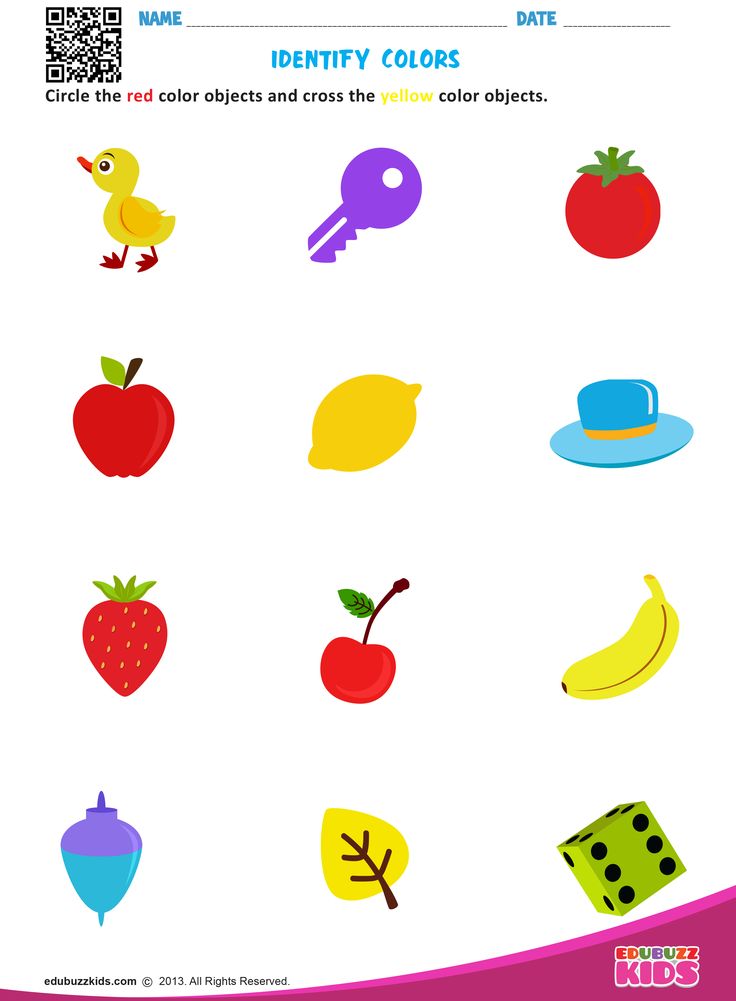
Cards for learning colors
You can learn colors with your child using cards. With the help of Doman's "Colors" cards, you can introduce your baby not only to the main colors, but also to different shades. It is important not to overload the child with unnecessary information about the names of 10 shades of green or red. Learn only those shades whose names you can use in the game and life.
Board games for learning colors
Board games are a great way to learn about colors and consolidate knowledge about them. Currently, the stores offer a wide range of similar games for every taste and budget. Choose a game that suits your child.
Educational cartoons
There are many educational cartoons on the Internet that will help your child memorize colors quickly. Here is one of them:
Educational books
If your little one loves to listen to stories and look at pictures, this is the way for you.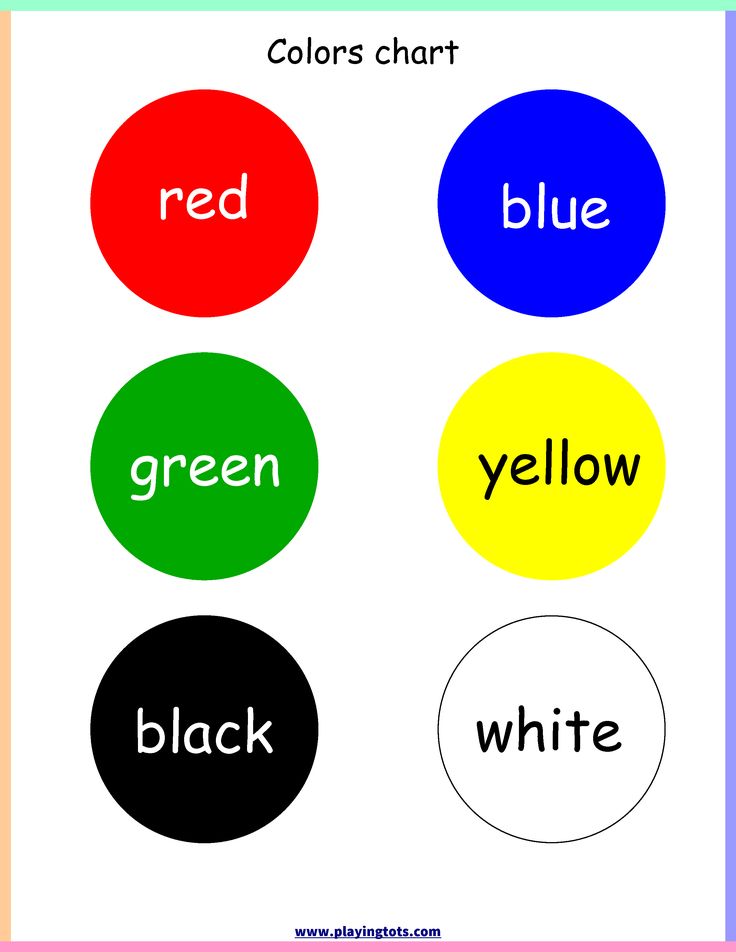 We all remember the wonderful story of V.G. Suteev "Rooster and paints", by S.Ya. Marshak has a whole “Colorful book”. You can also find many educational books that will become your faithful assistants.
We all remember the wonderful story of V.G. Suteev "Rooster and paints", by S.Ya. Marshak has a whole “Colorful book”. You can also find many educational books that will become your faithful assistants.
Conclusions
We have listed for you different color learning games. In order for a child to master the concept of color well, it is worth adhering to a number of principles: do not rush the baby, provide a variety of material for games, discuss what you see.
Conclusion
You can start studying colors from an early age, the main thing is that it is interesting for the child. It is impossible to specify clear age limits when a child should learn primary colors. This process, like all development, is individual for each baby. The Sozvezdie Development Center has created a Montessori environment for kids, aimed at the comprehensive development of the child. In the classes "Together with Mom" children in a playful way get acquainted with the concepts of color, shape and size, do thematic creative work.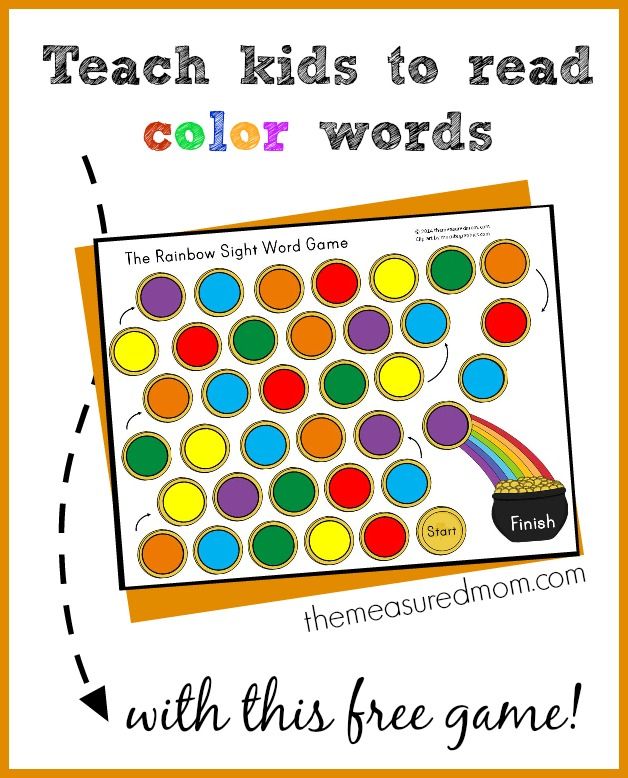 You can learn from our teachers how to interest a child in an activity and how to properly present him with cognitive information. Develop with us!
You can learn from our teachers how to interest a child in an activity and how to properly present him with cognitive information. Develop with us!
Prepared by a Montessori teacher
Sokolova Oksana
At what age to learn colors with a child and how to do it correctly
Often parents try to teach their children the names of colors as early as possible, but there is no need to rush. The age at which a child usually begins to be interested in the difference in colors is 2-3 years. If your kid doesn't want to learn colors, then it's not time yet. Usually, children who are already interested in colors begin to distinguish and name them (if, of course, they already know how to speak) very quickly, in just a few weeks or even days.
How to teach colors to 1-year-olds
Although children begin to distinguish colors well only at 2-4 years old, you can prepare your baby for discrimination on a sensory level. To do this, use boxes with treasures.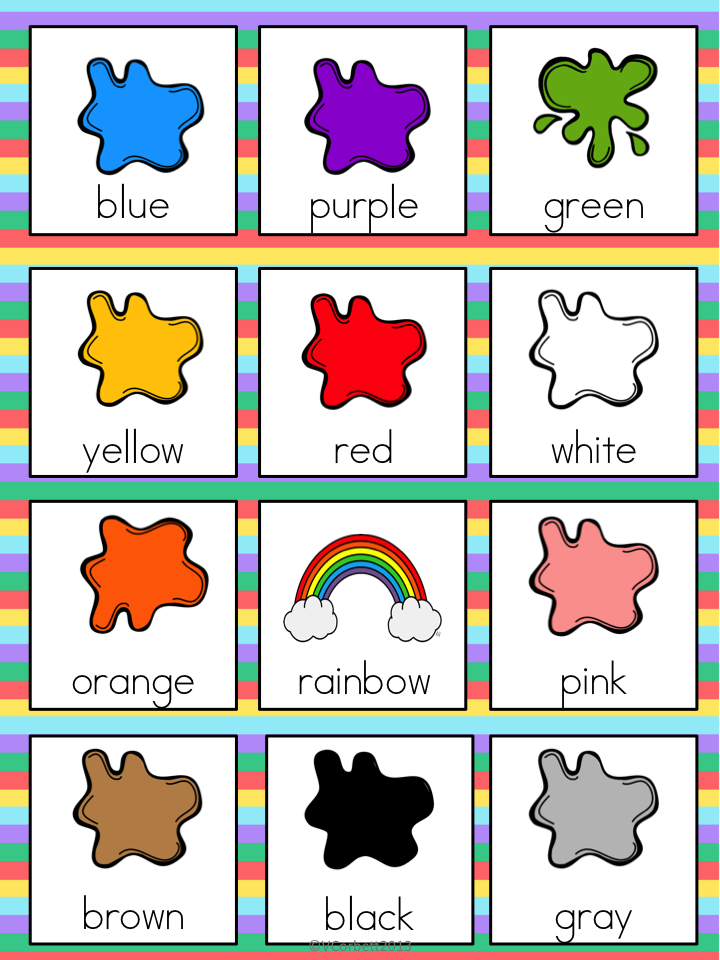 In Montessori pedagogy, they are offered to babies from 6 months old to obtain information about the sensory properties of objects.
In Montessori pedagogy, they are offered to babies from 6 months old to obtain information about the sensory properties of objects.
Fill the box with items of the same color. Since this is a sensory exercise, it is not necessary to identify and memorize the names. When presenting the box to the baby, say: “Look, everything is red here!”, But do not insist that he remembers.
How to teach colors to two year olds
Sorting. Before proceeding to the study of names, let the child practice distinguishing on sorts. First, offer extremely simple sorting into 2-3 colors. Identical objects are laid out by hand in containers of the corresponding color.
For such sortings, it is better to first take the same objects of different colors. Take 3 cups: one is red, another is blue, the third is yellow and cardboard circles of the same colors (for example, 5 circles of each color). Show your child how you put the yellow circle in the yellow cup, the red circle in the red cup, and the blue circle in the blue cup.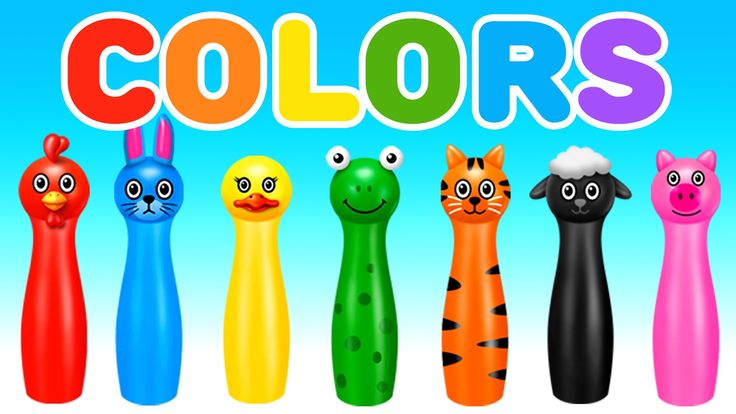 Invite the child to continue on their own.
Invite the child to continue on their own.
Then you can offer more complex color sortings for objects of different shapes and give other interesting sortings, complete with motor skills exercises (for example, sorting buttons of three colors into 3 jars or boxes with slots).
Gradually make sorting more difficult, for example, let items be sorted with tongs, a spoon, tweezers.
Plasticine exercise. Make cakes together from red, yellow, green and blue plasticine. Prepare buttons, sequins, beads of the same colors. Have the children glue them onto the plasticine. This activity is also great for developing motor skills.
Signboard exercises. Once you've verified that your child can distinguish colors well using sorting, you can enter names using the three-step Montessori lesson. To do this, you will need colored plates or colored squares with a white border.
Show the child 3 squares with unfamiliar colors:
- 1 step.
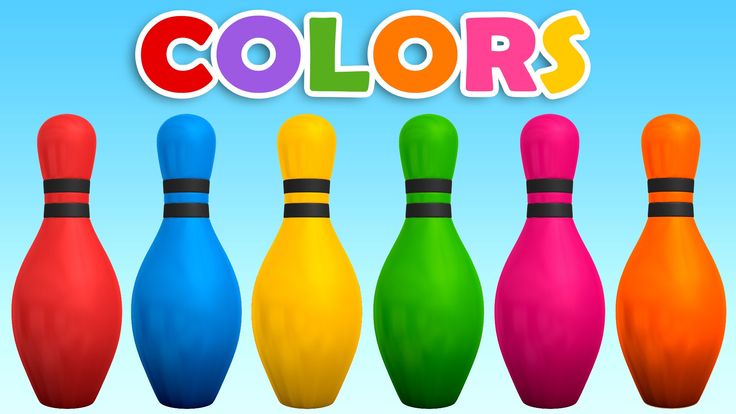 You say and show: "This is red, this is blue, this is yellow."
You say and show: "This is red, this is blue, this is yellow." - 2 step. You ask: “Where is the red? Where is yellow?
- Stage 3 (they pass to it only after the child has stopped making mistakes in the 2nd stage, and only if the child can already pronounce at least some of the names). You ask: “What color is this? And this one?
Gradually introduce more and more colors, but during the lesson always offer only 3 colors at a time. Such a simple and visual lesson will help your kid to remember the colors easily.
How to teach colors to three-year-olds
By the age of three, children can often remember several names. If it doesn't, don't worry: continue with the sorts and other exercises below.
Selection of items from the environment. The kid picks up small toys for each color plate. This teaches the perception of shades: red is rarely the same, but the child needs to choose the closest match.
Box with things from home. This is a more abstract lesson: children do not see signs in front of them. You give a basket and ask them to put everything yellow that is in the house or class into it. Do not forget that everything collected will need to be put in place.
This is a more abstract lesson: children do not see signs in front of them. You give a basket and ask them to put everything yellow that is in the house or class into it. Do not forget that everything collected will need to be put in place.
Selection of clothespins. Make a lot of colorful circles out of cardboard or heavy paper, glue them on regular clothespins. Offer to find the corresponding to each sector on the big circle.
Yellow, say hello to red! This classic Montessori game develops attention and social skills. Each is given a colored plate. Then the leader suggests actions: “Yellow, come to me! Red, say hello to blue!" and so on.
Take your circle. A very fun outdoor game that is good to play with several children to memorize the names of colors: make circles on the floor with colored threads or ribbons (in summer it's great to draw them with colored crayons on the pavement), turn on the music and dance with the children.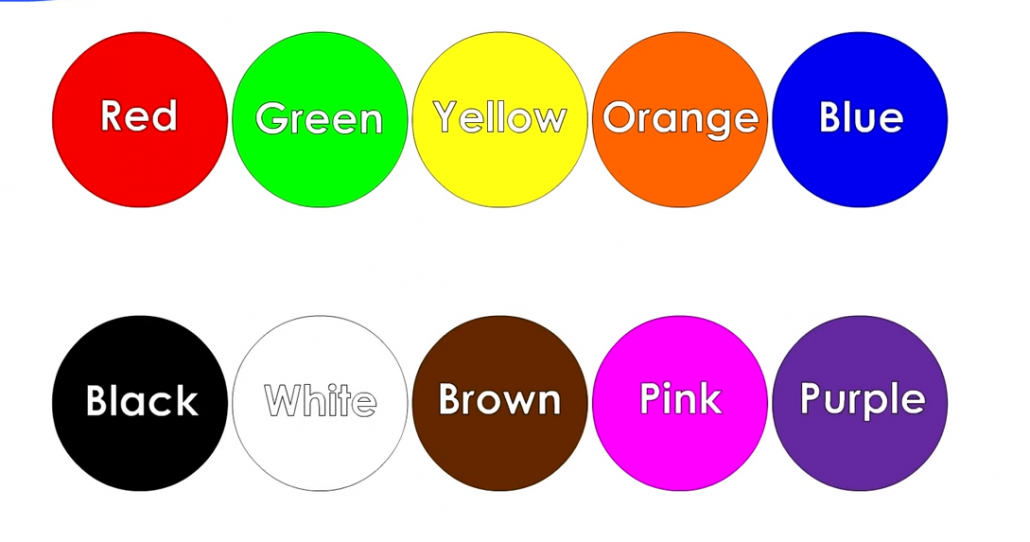 When you stop the music, name a color and have the children move to the circle of the corresponding color as quickly as possible.
When you stop the music, name a color and have the children move to the circle of the corresponding color as quickly as possible.
How to teach colors to four year olds
Color mixing games. When the primary colors are well learned, children become interested in mixing them. Show the experiment: pour some yellow and blue tinted water into different containers, give the child a pipette and offer to mix in the third container. Let your child make their own conclusions about what is happening.
Sensor boxes. Make a sensory box with natural materials. It is especially interesting if it contains leaves, berries, plants of various shades. Make a palette and offer to select materials for each sector.
Sequence. Children of four years old can match sequences and work according to the pattern. Draw a color sequence on paper and have your child build it out of cardboard squares, beads, paper clips, and any other colorful items.